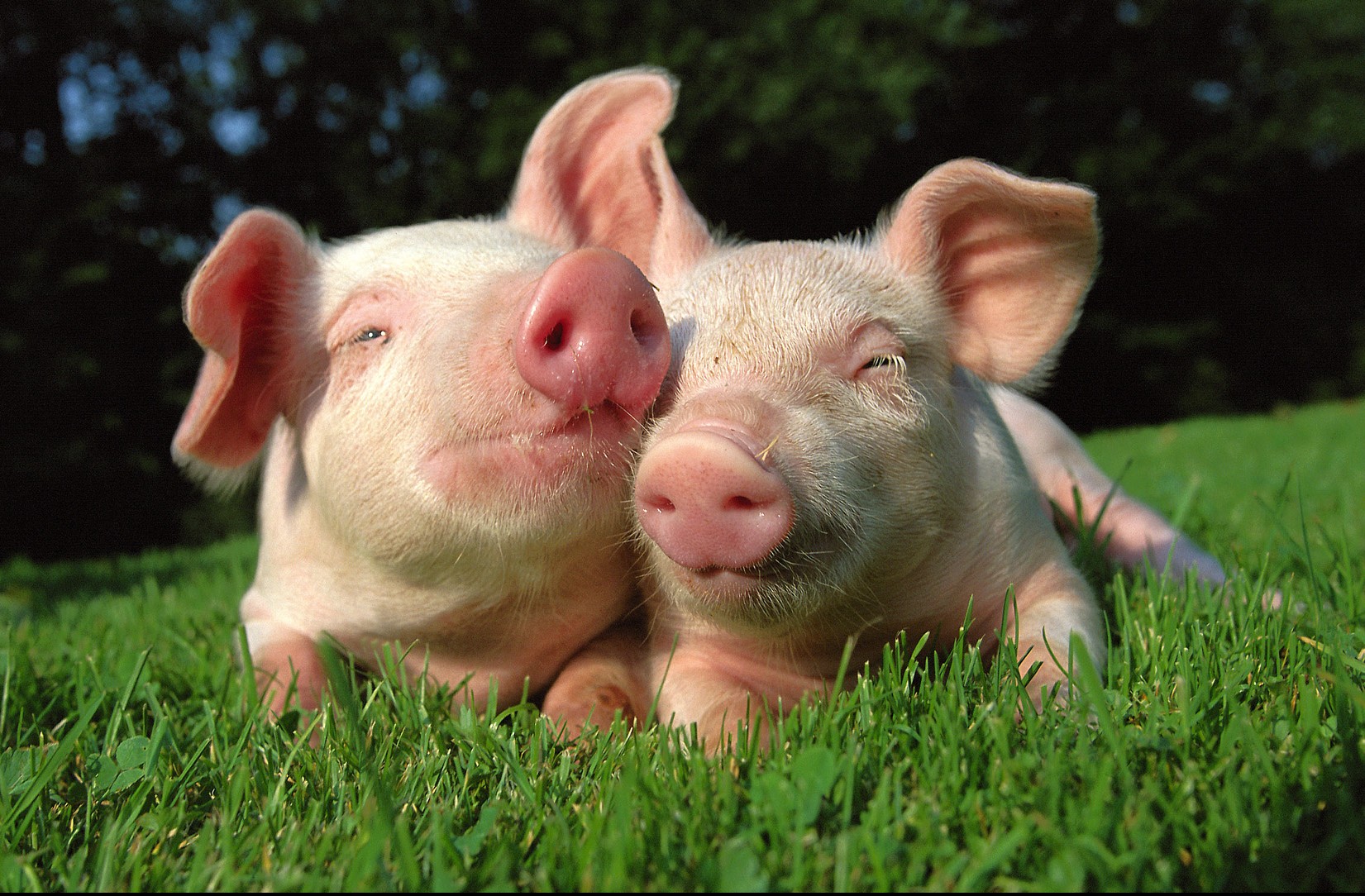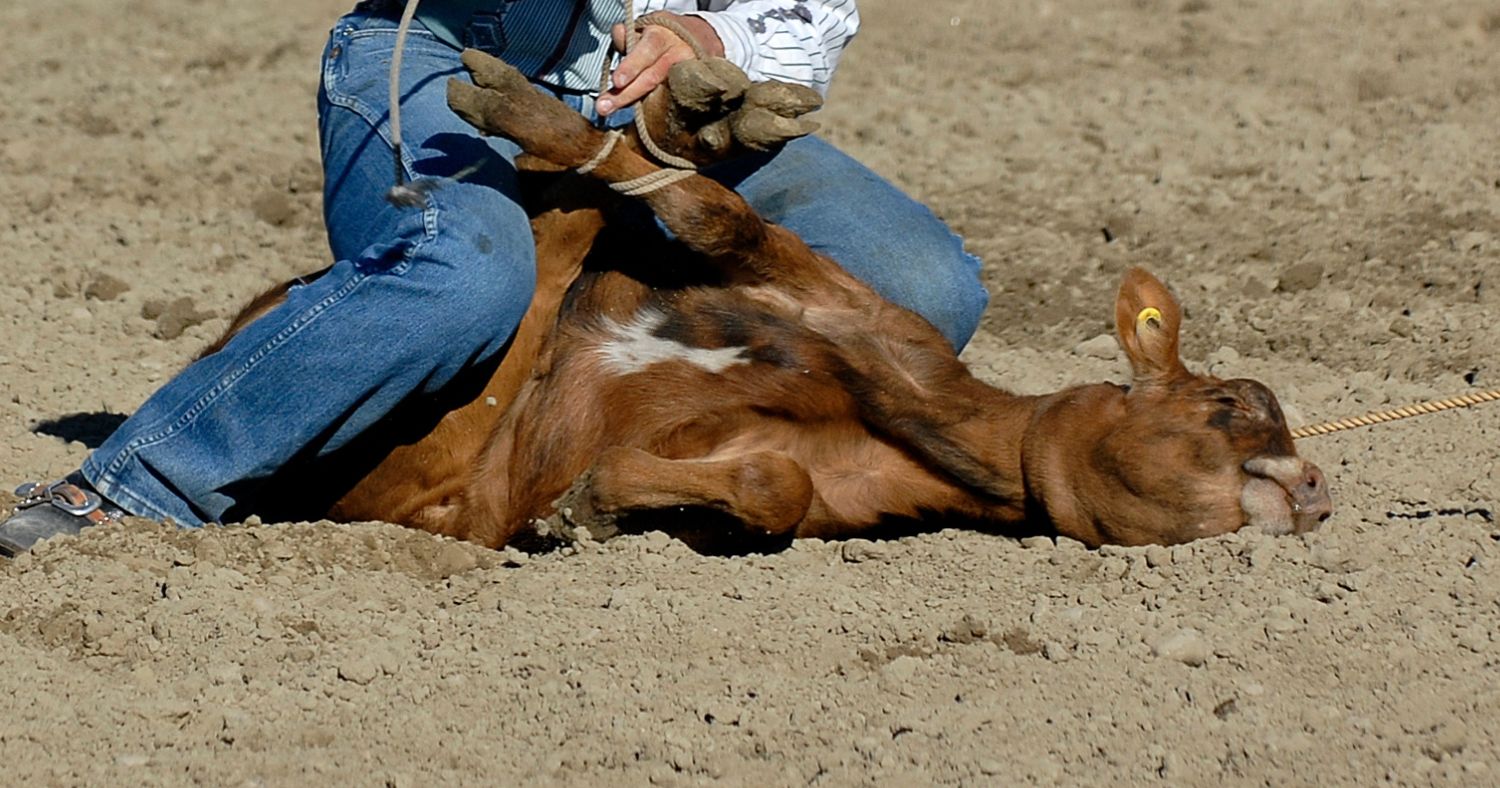Even with advances in medical teaching techniques, the Canadian military still trains medical personnel by using live animals. The techniques employed by the military are the epitome of cruelty. In live agent training techniques, pigs are exposed to sarin, mustard and other chemical agents to induce medical emergencies such as seizures, irregular heartbeats, difficulty breathing, and excessive bleeding. To learn how to treat major trauma injuries, pigs are shot, stabbed and amputated.
In addition to the cruelty involved in Canada’s military training techniques, advancements in computerized medical simulation technology have also made these techniques obsolete. Advanced human simulators are widely available to replace the use of animals in chemical warfare training. Such simulators, which can mimic human response to chemical-weapon exposure, are used by other militaries around the world, including the U.S. Army and the Israel Defense Forces. Canada is one of six remaining NATO countries that still use live animals to train battlefield physicians.
Although animal research and testing is an area of Canadian law that severely lacks substance, there is still one standard that the Canadian military, as a government department, can be held accountable to.
The Canadian Council on Animal Care (“CCAC”) is a quasi-regulatory body that sets guidelines on animal care and use of animals in science. In regards to the use of animals in research, teaching, and testing, the CCAC states: “Animals should be used only if the researcher’s best efforts to find an alternative have failed.” [1]
The availability of superior medical training methods leaves the Canadian military in breach of the CCAC’s animal testing guidelines. In response to this breach, Animal Justice Canada has sent a letter to the Minister of National Defence, Peter MacKay, to take action and end the unnecessary use of animals in medical training.
With overwhelming evidence supporting the superiority of alternative teaching models, it is time for the Canadian military to update its outdated teaching strategies and end the unnecessary suffering of animals.
Written by Zeynep Husrevoglu, BA, LLB-Articling Student
This blog and the contents herein are for informational purposes only and do not constitute legal advice. Readers are advised to seek legal counsel prior to acting on any matters discussed herein.
[1] Canadian Council on Animal Care, CCAC Guide to Care and Use of Experimental Animals, 2d ed (Ottawa: Canadian Council on Animal Care, 1993) vol 1, online: <http://www.ccac.ca/Documents/Standards/Guidelines/Experimental_Animals_Vol1.pdf>




